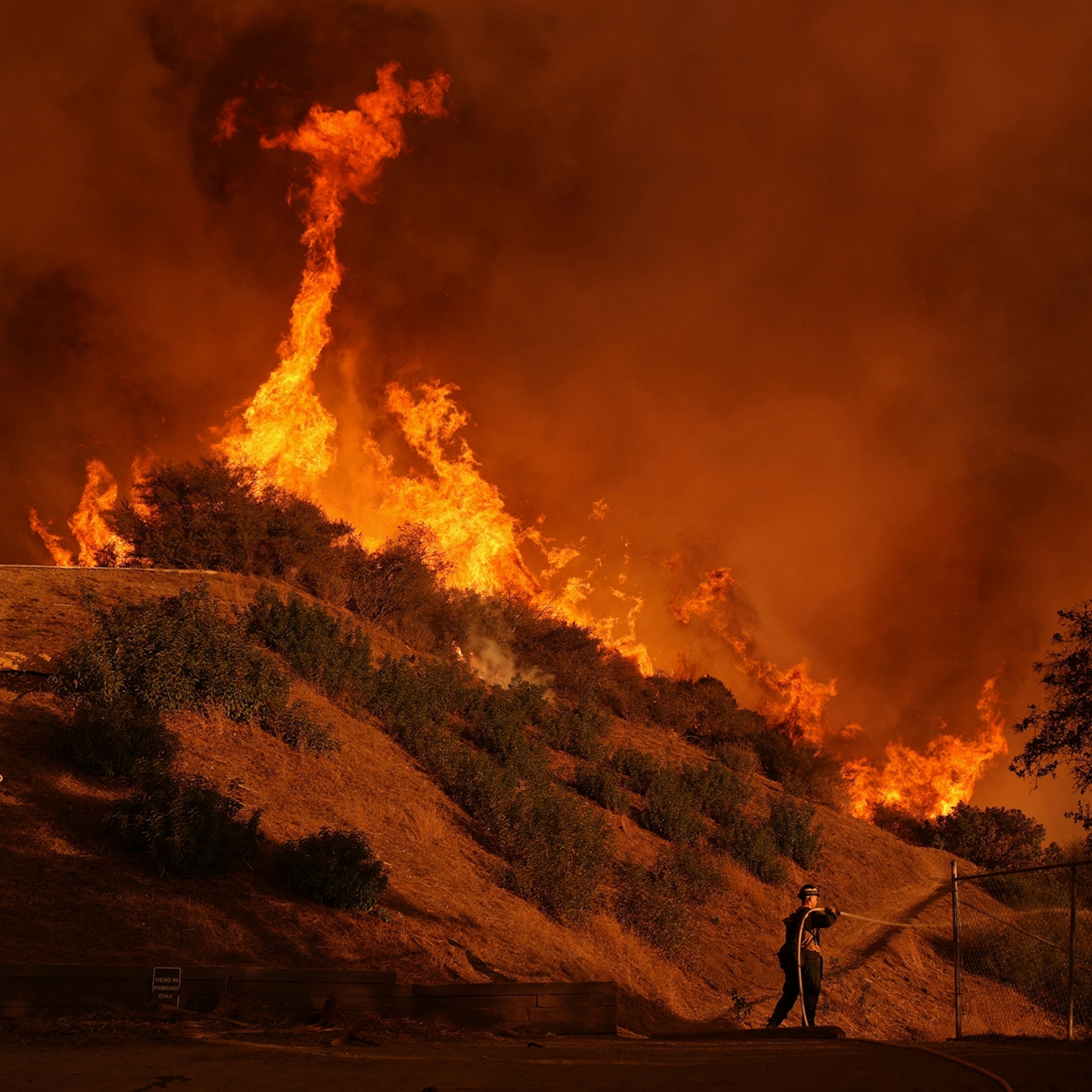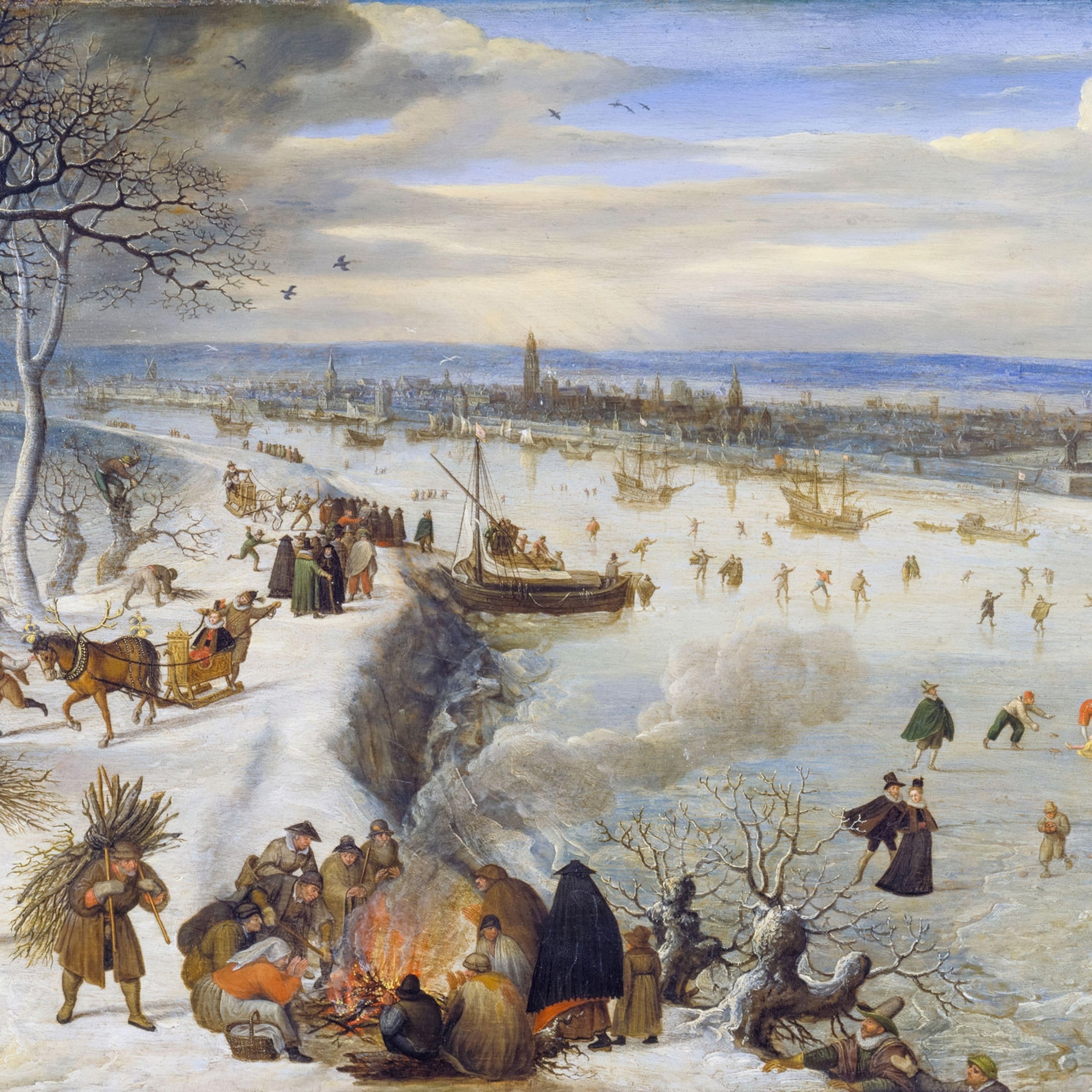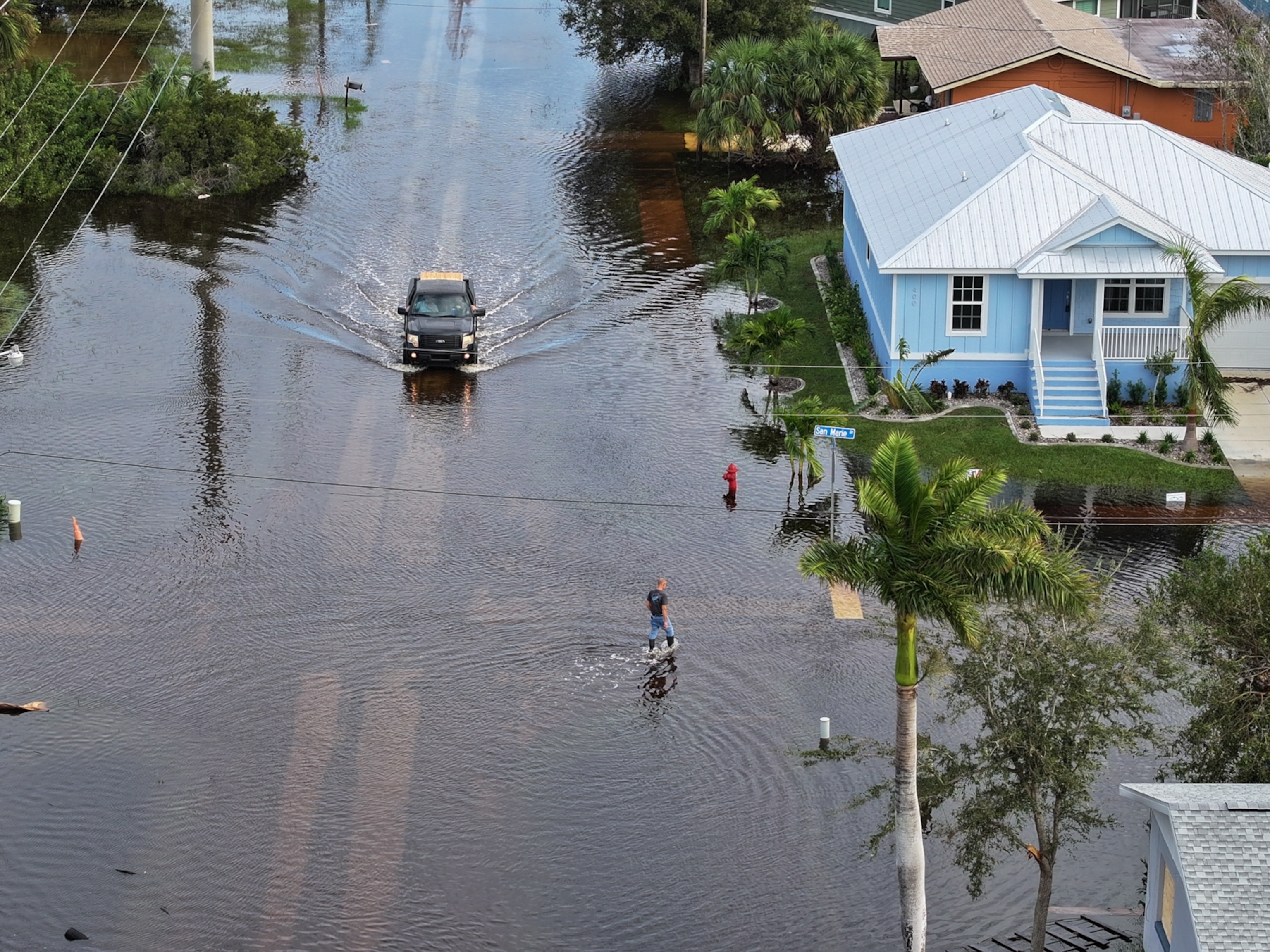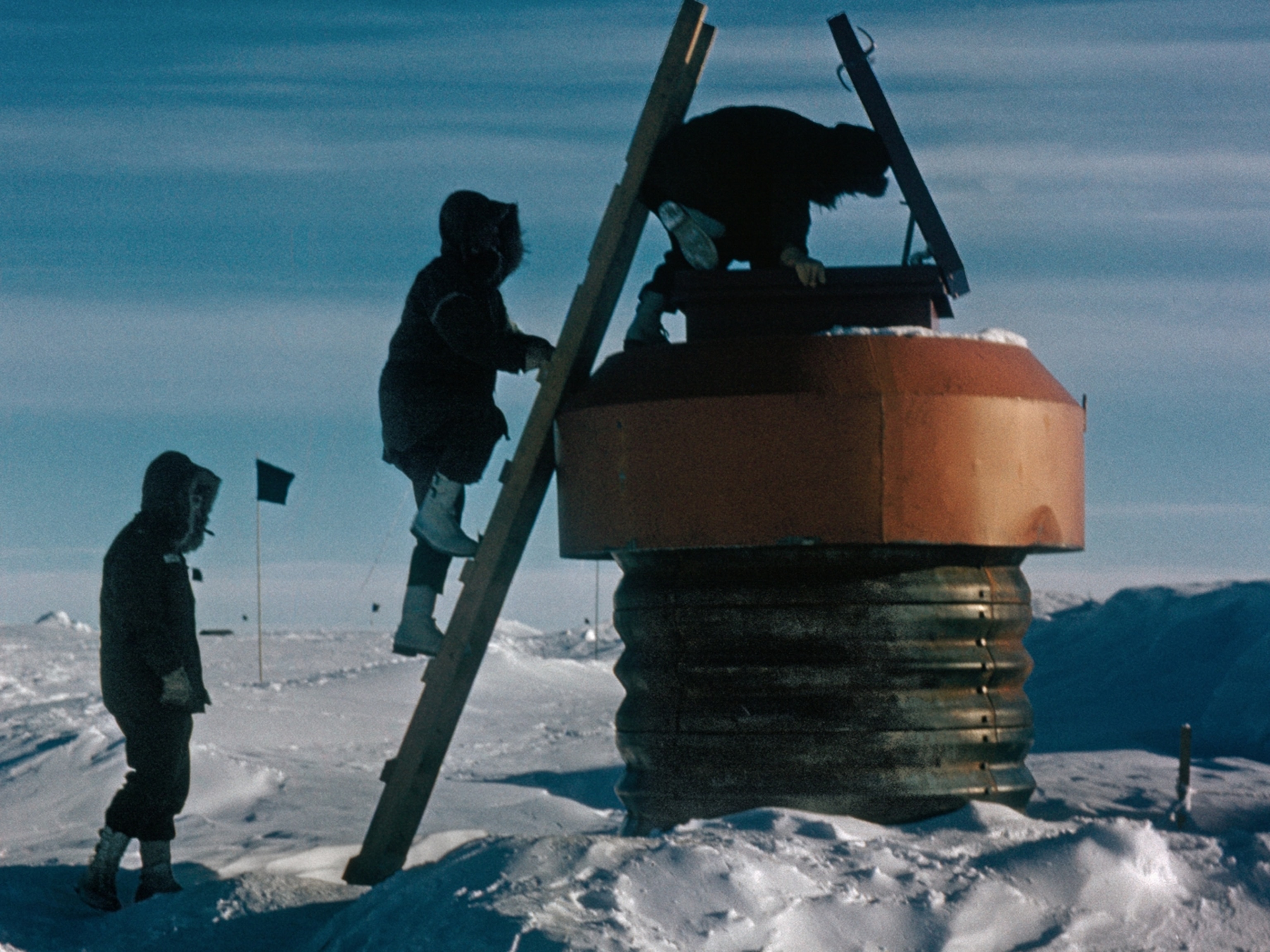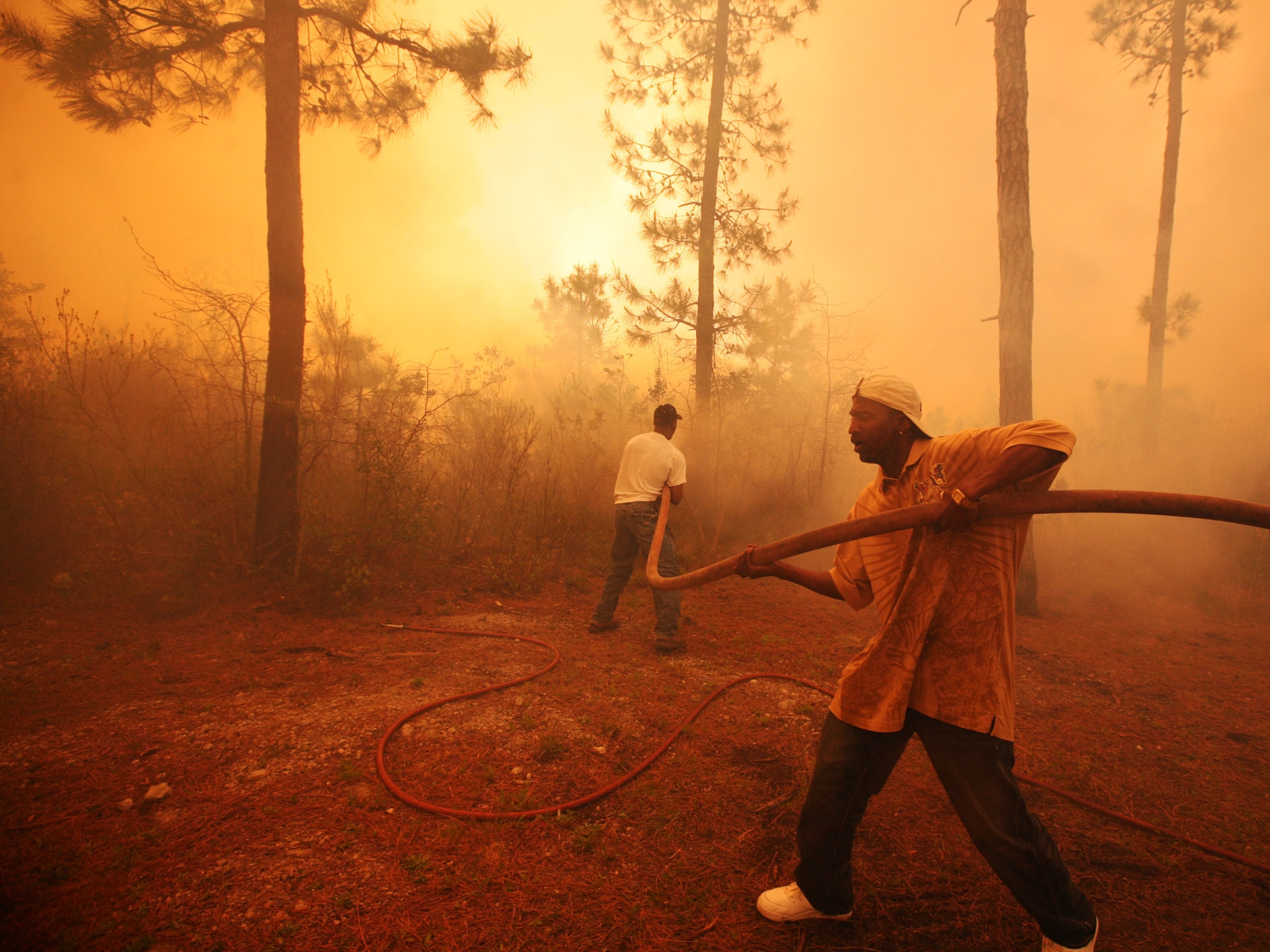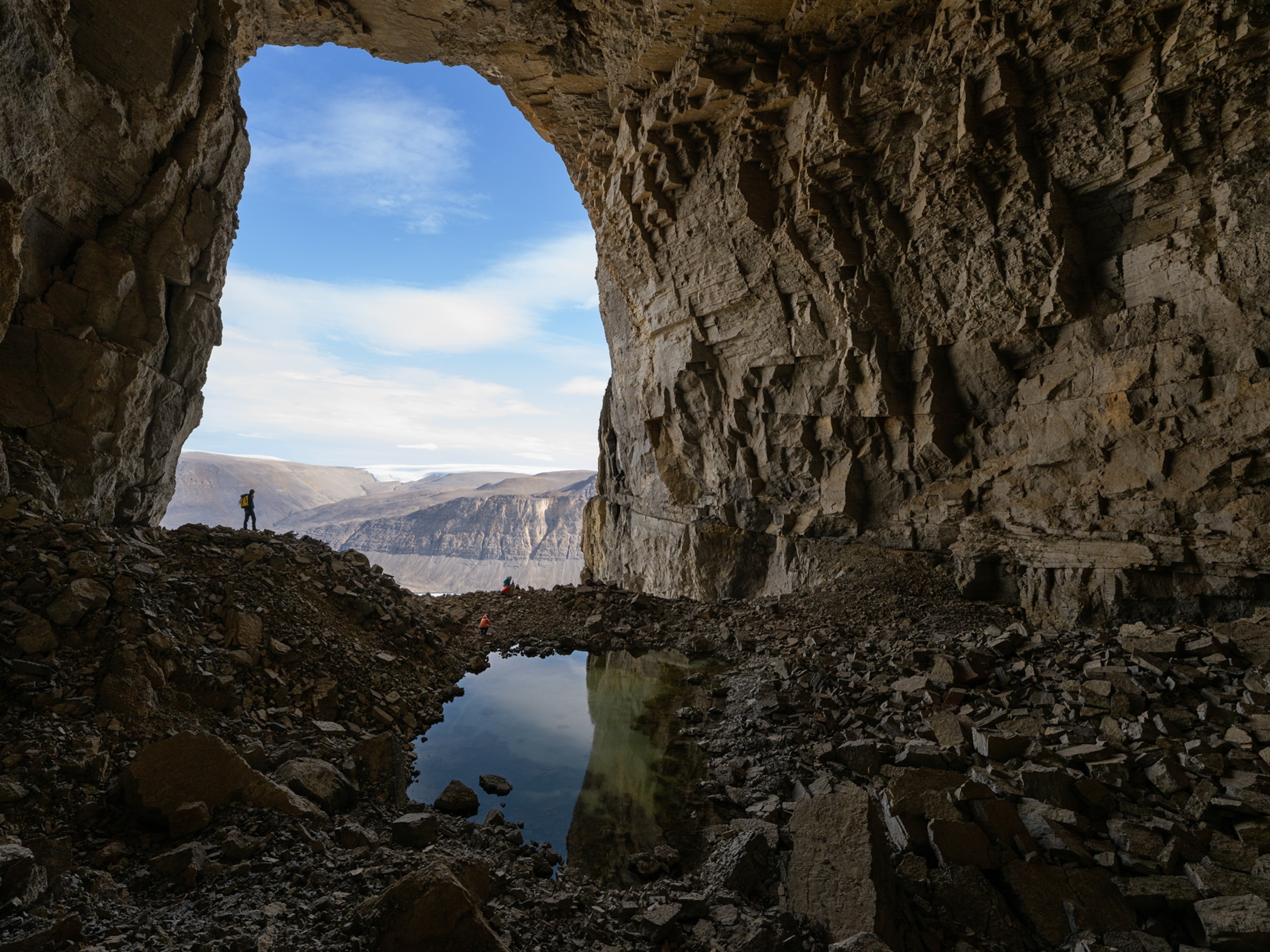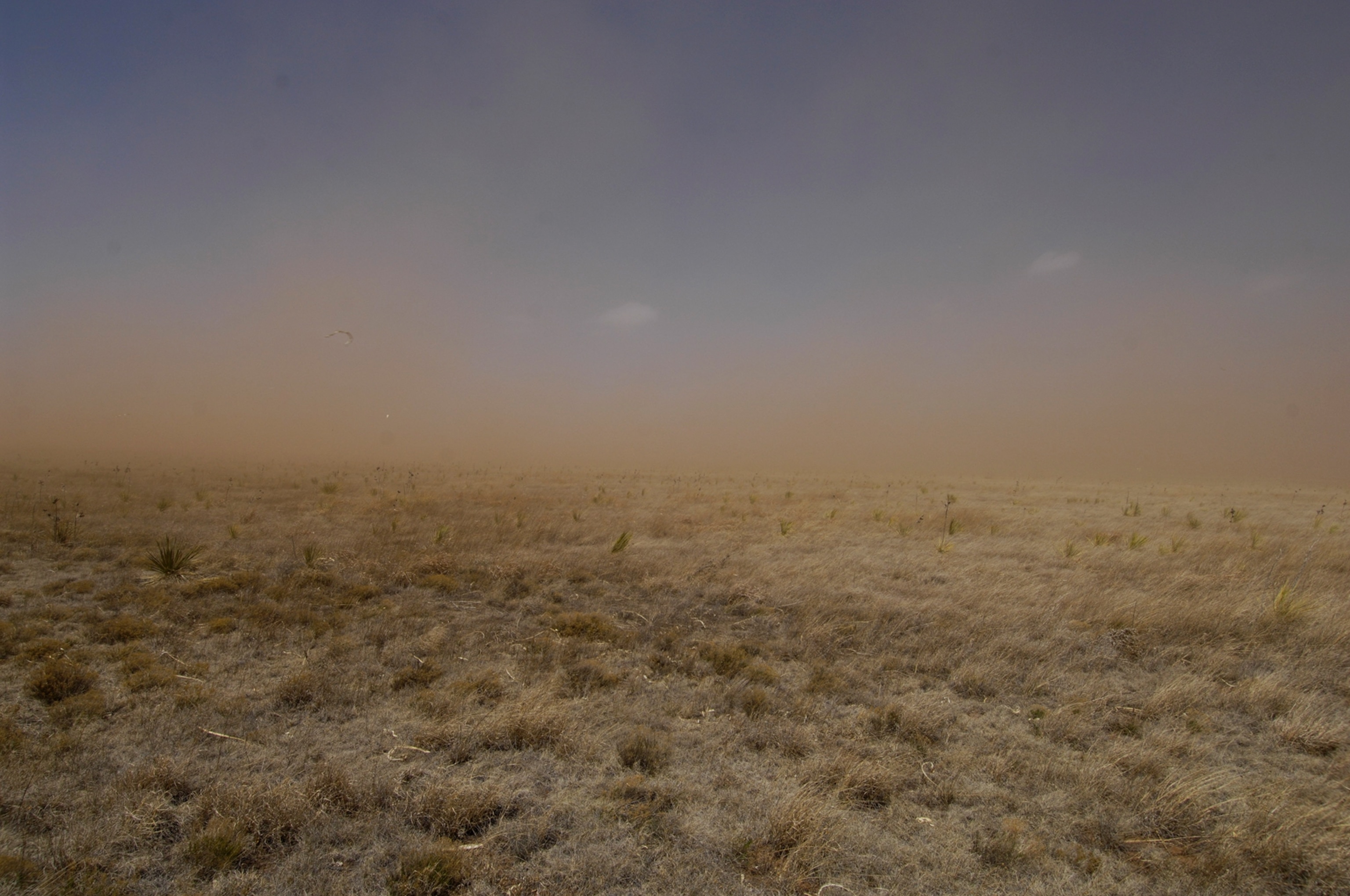
Megadroughts could return to southwestern U.S.
Severe droughts parched western North America hundreds of years ago. They may return, thanks to climate change.
Almost a thousand years ago, in the arid climate of the southwestern United States, the Chacoan culture flourished.
Ancestors of southwest Native American tribes today, Chacoans built impressive multi-storied stone buildings with a far-reaching trade system selling colorful macaws for turquoise. But a desperate lack of water—a megadrought—caused the advanced civilization to seemingly vanish within a generation.
Described in a comprehensive new study published Wednesday in the journal Science Advances, scientists now understand the causes of the megadroughts common during the medieval period. With climate change, they predict more megadroughts in the future.
"What’s new here is they are really putting the pieces together in a way that hasn’t been done before,” says Connie Woodhouse, a climate scientist at the University of Arizona who was uninvolved with the study.
A string of decade-long droughts occurred in the American Southwest during the medieval period, between 800 and 1600 CE. The researchers tied together previously existing theories about megadroughts to discover three main drivers.
Lead author Nathan Steiger, a climate scientist at Columbia University, says that the study was “exciting scientifically, but [the] consequences are not good” for a warming future.
What do oceans have to do with the Southwest?
The research team compiled a dataset that combined climate models with observational data, like ice cores, lake sediment records, and tree cores. Examining the width of the tree rings in each core, for example, gives clues about when—and for how long—periods of drought occurred.
Their analysis pinpoints three main factors causing megadroughts in the American Southwest: Cooling water temperatures in the Pacific Ocean, warming water in the Atlantic Ocean, and something called radiative forcing. A novel part of this study, Steiger says, was “showing that radiative forcing is important too for causing these megadroughts.”
Like a scale measuring the total solar energy in Earth’s system, radiative forcing can be positive or negative. A positive radiative forcing occurs when the atmosphere traps more energy. To corral more energy, you can crank up the sun’s energy output, Steiger said. Or you can have molecules like carbon dioxide effectively trapping more incoming solar energy—the current scenario with climate change. Cooling the planet creates a negative radiative forcing, like when volcanoes eject gas and fine particles into the atmosphere, blocking the sun and lowering temperatures overall.
Toby Ault, a climate scientist at Cornell University who was not involved in the new research, emphasizes that radiative forcing isn’t just about heat and warming temperatures. With more solar energy in the atmosphere, the evaporation rate—the amount of moisture being sucked out of the soil—increases, making the climate more arid.
Periods of positive radiative forcing—warming—in the American Southwest led to the series of megadroughts during the medieval period, the researchers found. Warming in the northern Atlantic Ocean also leaped out as a prime factor.
But the biggest driver of those decade-long droughts, reports Steiger, is La Niña, an environmental phenomenon that includes cooling temperatures in the Pacific Ocean. La Niña events occur on a multi-year cycle, alternating with the more familiar El Niño events that warm ocean waters and can ravage coral reef systems in the tropics.
“La Niñas are twice as important” as warming in the Atlantic and radiative forcing, Steiger says.
Unusually cold and frequent La Niñas shift where storm systems travel, inducing drought or very wet conditions in localized areas. La Niñas in North America generally push storms north, explained Steiger, toward states in the Pacific Northwest. That means the Southwest receives less rain.
When will there be a megadrought? I don’t think anyone can say.Nathan Steiger, Columbia University
Until now, there was no comprehensive theory for why there were a lot of megadroughts before 1600. The period after 1600 witnessed a number of strong volcanic eruptions that ejected lava, gas, and small particles into the atmosphere. All of that cooled the climate, minimizing the risk of huge droughts—until the industrial era, which has experienced rapid warming.
A warmer, drier future
Increasing carbon dioxide emissions from burning fossil fuels traps more energy from sunlight and raises radiative forcing. “Radiative forcing tends to amplify or increase the odds of these megadrought periods,” says Lisa Murphy Goes, a paleoclimatologist from the RSMAS School at University of Miami. Paleoclimatologists have predicted that we will experience more megadroughts with climate change, but the new study provides the first evidence to support this idea.
A dash of warming water in the Atlantic mixed with increased radiative forcing primes the environment for a drier period. Adding in La Niña, says Ault, creates a “perfect storm of factors, making it just a little drier and more probable that megadroughts will occur.” Unfortunately, predicting La Niñas—and megadroughts—far in advance is almost impossible.
For the past several decades, the number of La Niña events has increased, which is one of the key factors driving the ongoing drought in California, Steiger said. The drought that started in 2012 could spiral into a megadrought if it continues.
“When will there be a megadrought? I don’t think anyone can say,” Steiger says.
“It certainly looks like with warmer temperatures that we’re going to see more megadroughts. But we can’t predict precisely how many or how big they’ll be,” says Peter Fawcett, a paleoclimatologist at the University of New Mexico who was uninvolved with the study.
Here’s what we do know: A warming climate predisposes the Southwest to future severe droughts, like the powerful ones that forced Native Americans to abandon their homes long ago.


